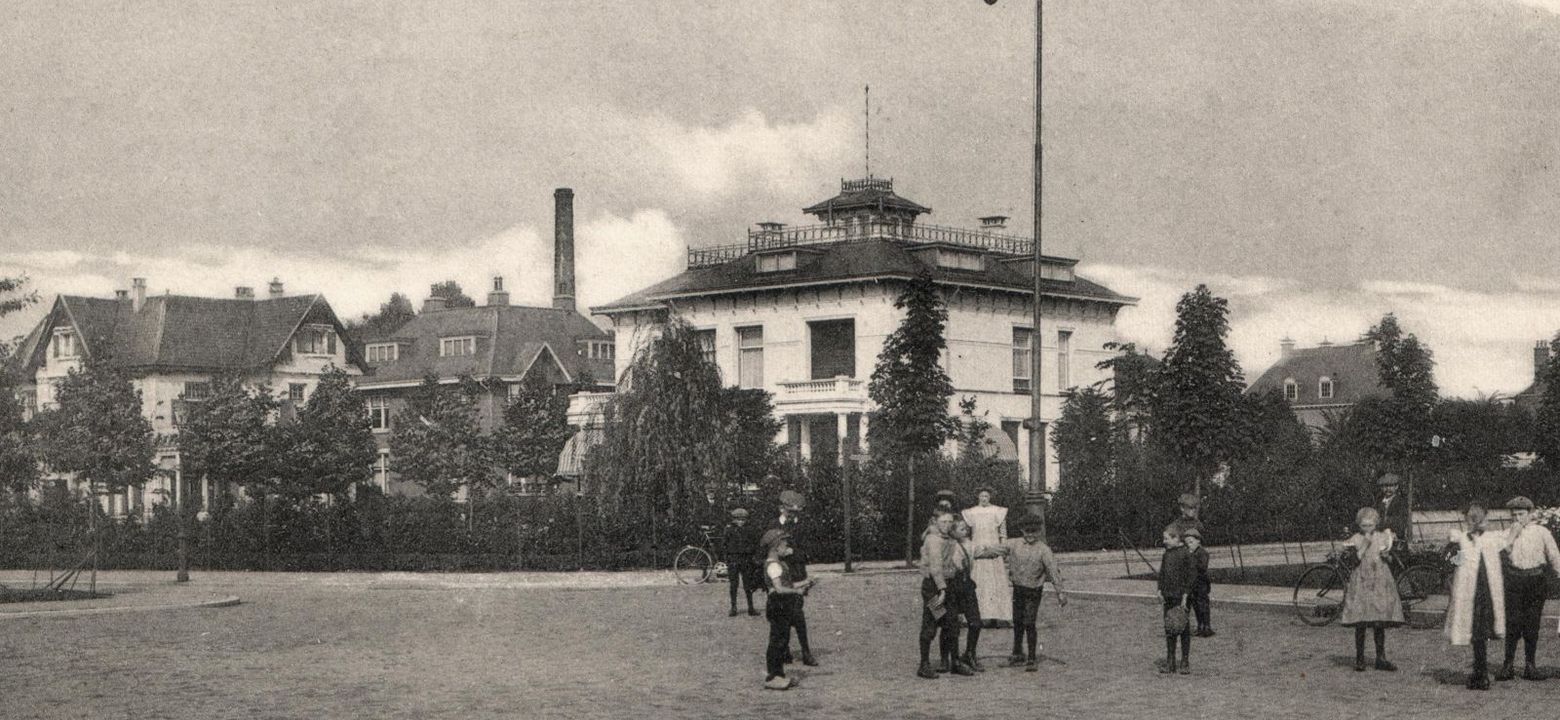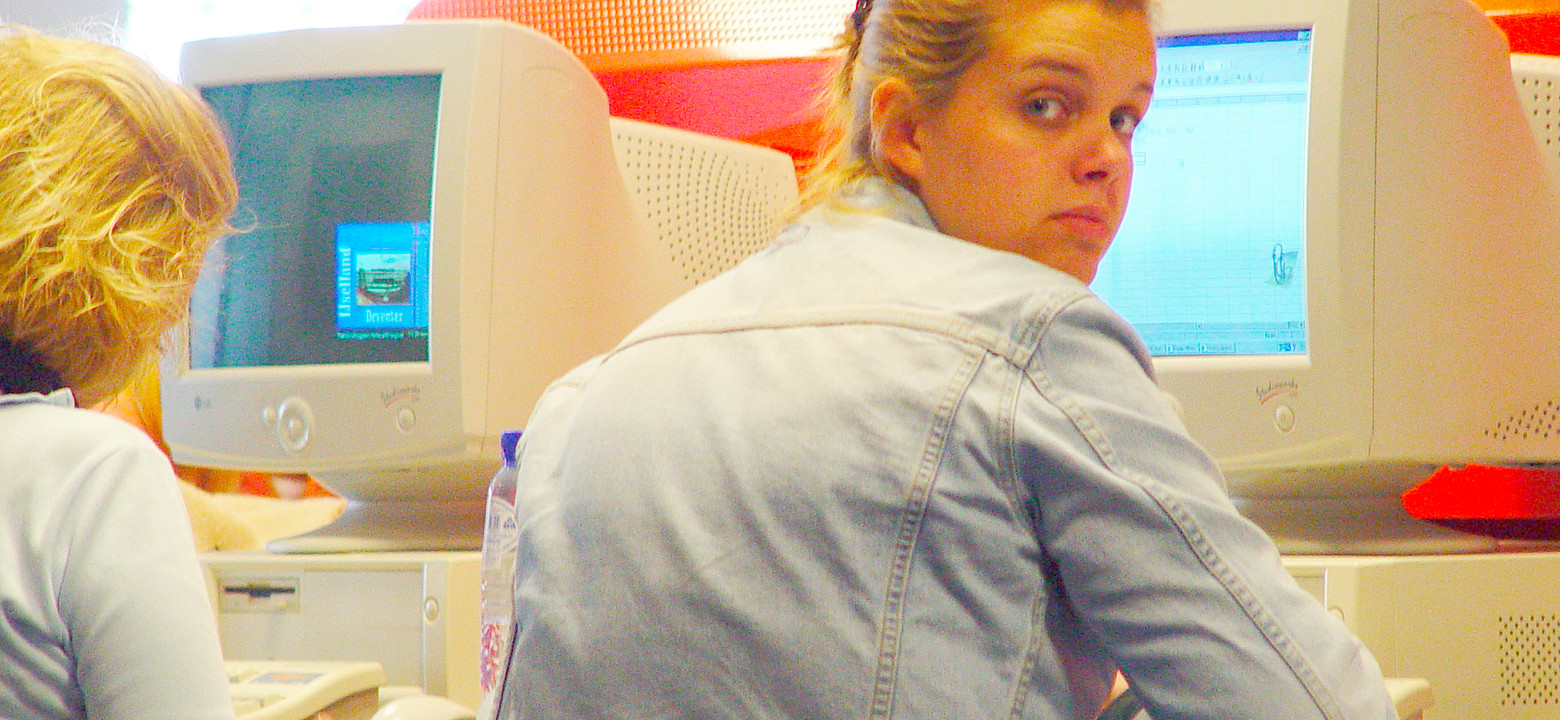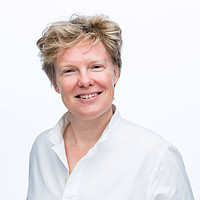Saxion is celebrating its 25th anniversary but the university also has deep-seated roots in the region’s history
The new year 2023 rings in the year when Saxion celebrates its 25th anniversary. But what exactly is Saxion celebrating this year? The theme of this anniversary year is: ‘Learn from the past, look to the future.’ Saxion’s President of the Board, Anka Mulder, says that she fully endorses this idea.
Anka Mulder: “2023 is going to be an important year for Saxion. It is nice to see that our name has been a household name for 25 years. Both in the region and beyond. At the same time, it’s good to stop and remember that we are here now because of all the people who paved the way to make us what we are today. We always focus on the future where education, entrepreneurship and research work together to create a world where people, technology and sustainability go hand in hand. But it is also good to remember and appreciate our history. That is important for our organisation’s identity.”
To understand how Saxion evolved into the university of applied sciences that we know today, it is certainly interesting to take a look at the past. What are the factors that have contributed to forming our DNA? Where did we come from?
Management merger
First of all, we’ll turn the clock back by 25 years: 1 January 1998. That was the day when the management merger of the Rijkshogeschool IJselland and Hogeschool Enschede took place. The Stichting Hogescholen Oost-Nederland (HON) was born. In Deventer the various educational facilities were centralised and housed in the new building on Handelskade and in Enschede a start was made on building a new city campus. In the year 2000, the teaching foundation was given a new name: Hogeschool IJselland and Hogeschool Enschede continued together as Saxion. In 2001, Saxion expanded its range of educational activities to Apeldoorn. Construction of a central building began in Apeldoorn in the autumn of 2015. Several degree programmes were established there in 2016. But how did it all begin? Saxion is a University of Applied Sciences that originated from the rich educational history of the city of books Deventer and from the social initiatives of enterprising textile traders from Twente.

Villa Serphos, Enschede
Deventer as a bastion of books and knowledge
When Desiderius Erasmus walked through the streets of Deventer in 1478, the Hanseatic city on the IJssel River was already a knowledge centre. Near the Latin School, where Erasmus had enrolled and would spend four years studying, Richard Pafraet's book press was doing overtime. The ambitious printer from Cologne had settled in Deventer a year earlier because he saw sufficient market potential for his books. Deventer had already become a city with a rich culture of literacy, partly thanks to the efforts of Geert Grote and the ‘Moderne Devoten’ (a religious revival group). Obviously, educational institutions benefited enormously from this. The Latin school was a product of the 13th-century collegiate school of the Lebuïnus church. The institute, which now falls under the responsibility of the city council, had a good reputation and drew students from far and near. The city streets teemed with students. Latin was the language of instruction in this medieval form of internationalisation.
By carriage to Apeldoorn
In 1630, education in Deventer received a new impulse with the arrival of a school for academic education: the Athenaeum Illustre, where students of the Latin School could continue their studies. When the University of Harderwijk was discontinued in 1811, the Deventer city council visited King William I at the palace Het Loo in Apeldoorn. They set out by carriage to the King's residence in Apeldoorn to ask him to grant the University of Harderwijk’s scientific book collection to the city of Deventer. The universities of Amsterdam and Leiden were too late. The Athenaeum library was assigned the management of the special book collection, which thus became available to educational institutions in Deventer. The Athenaeum Illustre, the institution that can be regarded as the distant Deventer precursor of Saxion, existed until 1878 and was replaced by a gymnasium and a HBS (former Dutch High School for the 12-18 year age group).

A student in Deventer, 2002
Twente: textiles and technology
In the final days of the Athenaeum Illustre, the Twente Industrial and Trade School was founded in Twente in 1864. It was financed by industrialists and traders from the textiles industry. With the founding of schools for secondary technical education, such as the Hogere Textielschool De Maere, technical education in Twente was on the rise. Education in Twente was strongly rooted in society. Entrepreneurs provided financing, took care of the management, recruited lecturers and offered opportunities for internships.
Scale increase and mergers
In Deventer as well as in Enschede and Hengelo, the educational offerings expanded considerably after the Second World War. In the sixties and seventies of the last century, many new and diverse degree programmes were initiated and the number of students increased considerably. In the second half of the 1980s, several educational institutions in Deventer and Twente merged their operations, albeit within their own geographic area. In 1986, the schools in Deventer continued under one name: Rijkshogeschool IJselland. Ten years later, the degree programmes moved to a new building on the Handelskade. Several mergers in Twente, including those of De Maere and the HTS (higher technical education) degree programmes in Enschede and Hengelo, produced the University of Applied Sciences in Enschede in 1989.
Saxion as a connector of knowledge and technology
After a management merger in the Stichting Hogescholen Oost-Nederland (HON) on 1 January 1998, the Stichting was succeeded in 2000 by a foundation with a new name: Saxion The name refers to the Saxons, a group of people that once inhabited the eastern part of the Netherlands. In 2001, Saxion expanded its educational activities to Apeldoorn and set up a number of degree programmes in 2016 in the renovated office building of the former Nettenfabriek, which is considered an industrial heritage site. And so the story of Saxion takes us from the city of books Deventer, aristocratic Apeldoorn and Twente of the textile tycoons back to the present day, to a University of Applied Sciences in the Eastern Netherlands. When we celebrate “Saxion - 25 years together” we pay tribute to the fact that knowledge and technology, both firmly established in the region’s past, form more than ever the building blocks which serve as the basis for the education, entrepreneurship and applied research which take place at Saxion today.
Saxion - 25 years together
In 2023, we will pay special attention to our anniversary in various ways. We will also look back and forward with stories about Saxion’s role in connecting knowledge and technology. Keep an eye on our special topic page and socials for this.
